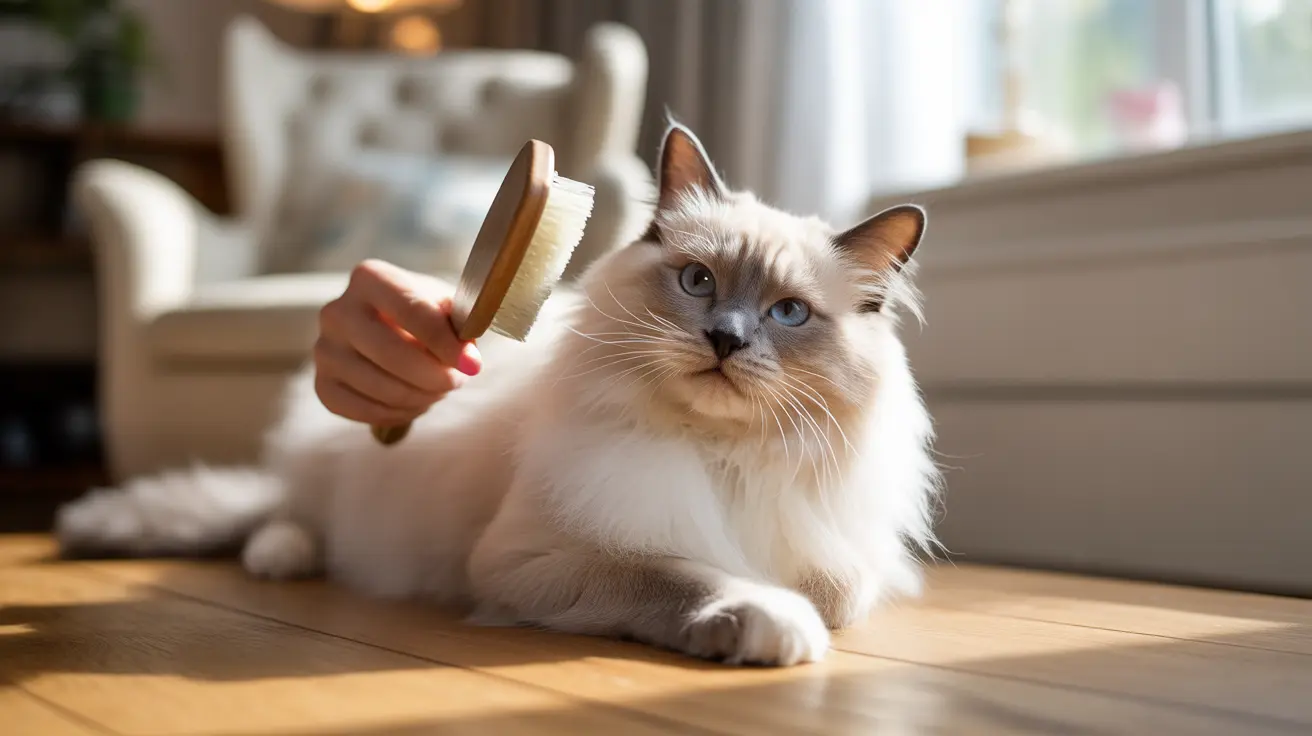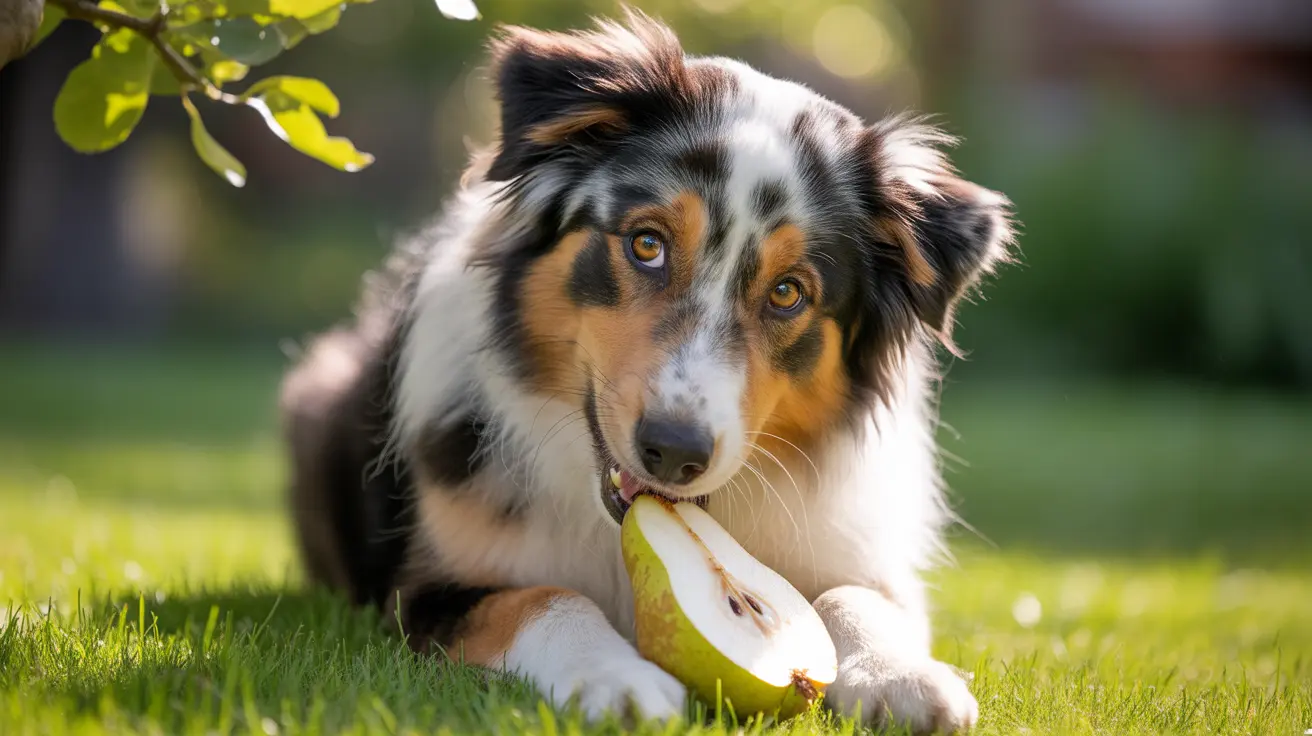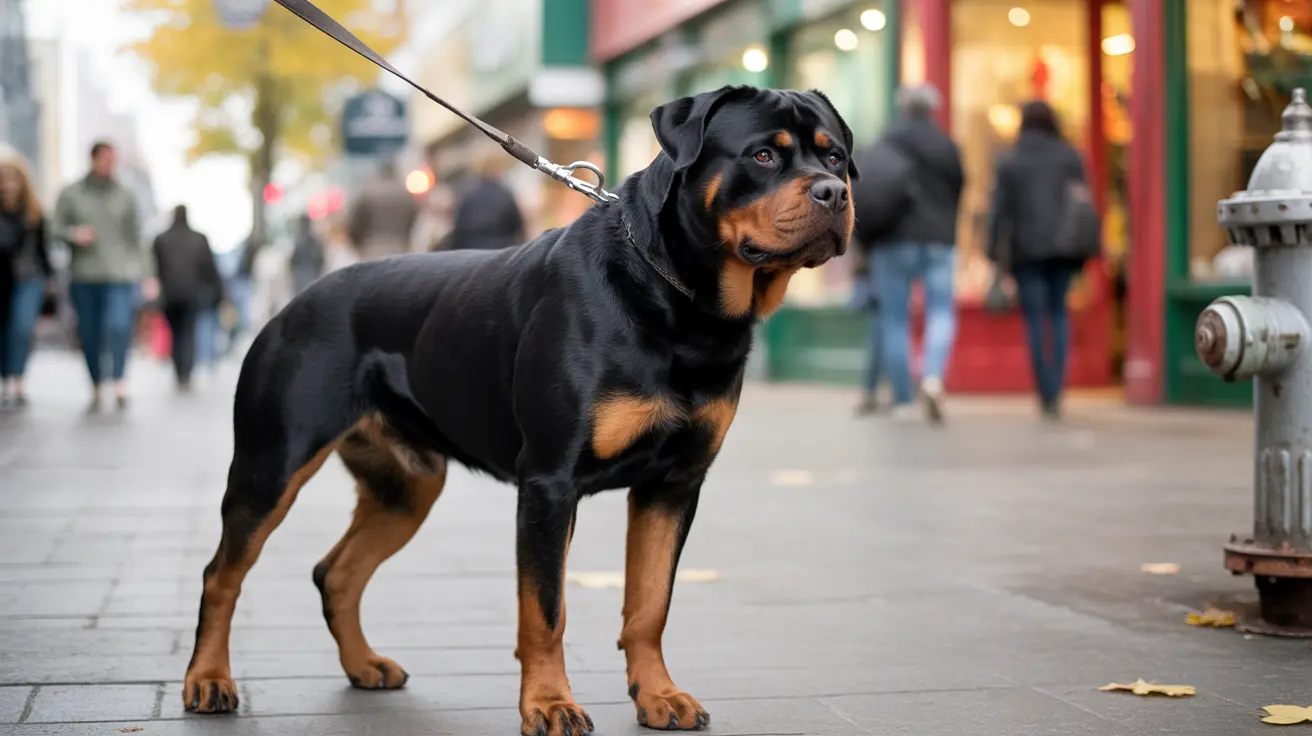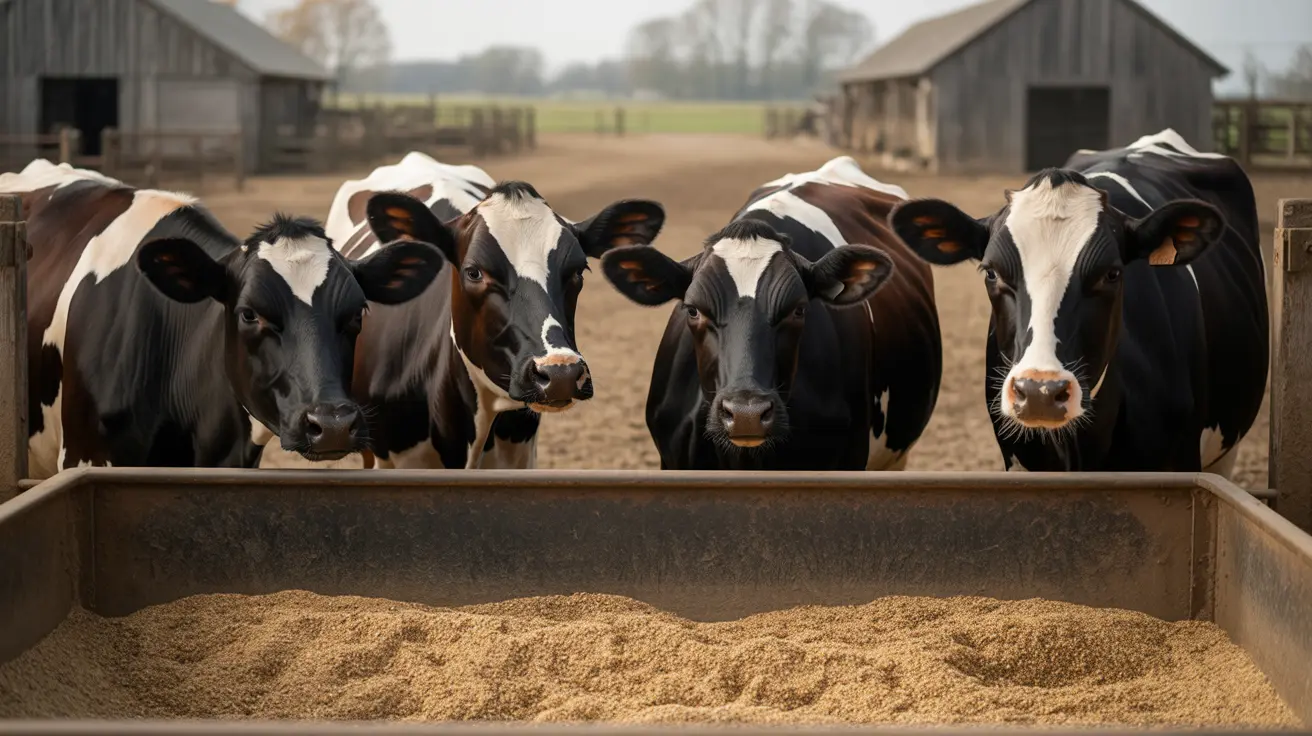Snowshoe cats, with their distinctive markings and short, dense coats, are beloved for their striking appearance and affectionate personalities. If you're considering adding one of these beautiful felines to your family, understanding their shedding patterns and grooming needs is essential for maintaining their health and keeping your home fur-free.
While Snowshoe cats are generally considered low to moderate shedders compared to many other breeds, they do shed year-round, with notable increases during seasonal changes. Let's explore everything you need to know about Snowshoe cat shedding and how to manage it effectively.
Understanding Snowshoe Cat Shedding Patterns
Snowshoe cats have a single-layered, short coat that sheds consistently throughout the year. Unlike heavy shedders like Persian or Maine Coon cats, their shedding is typically manageable with regular grooming. However, owners should expect increased shedding during spring and fall when cats naturally adjust their coats in response to changing seasons.
Indoor Snowshoe cats may experience more consistent year-round shedding due to artificial lighting and controlled temperatures, which can affect their natural shedding cycles. This means you might notice a steady amount of fur rather than dramatic seasonal changes.
Factors That Influence Shedding in Snowshoe Cats
Environmental Factors
Temperature changes, daylight hours, and indoor versus outdoor living can all impact how much your Snowshoe cat sheds. Indoor cats exposed to artificial lighting and constant temperatures often shed more uniformly throughout the year.
Health and Nutrition
A balanced diet rich in essential nutrients, particularly omega-3 and omega-6 fatty acids, plays a crucial role in maintaining healthy coat condition. Poor nutrition, stress, or underlying health issues can lead to excessive shedding.
Essential Grooming Tips for Snowshoe Cats
Regular Brushing
Weekly brushing with a slicker brush or grooming mitt is usually sufficient for Snowshoe cats. During shedding seasons, you may want to increase brushing to 2-3 times per week to help remove loose fur and prevent matting.
Proper Tools and Techniques
Use gentle brushing tools designed for short-haired cats. A deshedding tool can be particularly helpful during heavy shedding periods, but be careful not to brush too aggressively, as this can irritate your cat's skin.
When to Be Concerned About Shedding
While some shedding is normal, certain signs may indicate a health problem:
- Bald patches or thinning fur
- Excessive scratching or grooming
- Skin irritation or redness
- Significant increase in shedding outside seasonal changes
If you notice any of these symptoms, consult your veterinarian promptly.
Tips for Managing Cat Hair in Your Home
Keep your living space clean and fur-free with these practical strategies:
- Vacuum regularly, especially during peak shedding seasons
- Use washable slip covers on furniture
- Keep lint rollers handy for quick cleanup
- Consider air purifiers to help capture airborne fur
Frequently Asked Questions
How much do Snowshoe cats typically shed compared to other breeds?
Snowshoe cats are considered low to moderate shedders. They shed significantly less than long-haired breeds like Persians or Maine Coons but more than minimal-shedding breeds like the Sphynx.
What are the best grooming practices to manage shedding in Snowshoe cats?
Weekly brushing with a slicker brush or grooming mitt, combined with occasional use of a deshedding tool during heavy shedding periods, is typically sufficient. Maintain a consistent grooming schedule and use gentle techniques to avoid skin irritation.
Why does my Snowshoe cat shed more during certain seasons?
Seasonal shedding increases are natural responses to changes in daylight hours and temperature. This typically occurs during spring (losing winter coat) and fall (preparing for winter coat).
How can I tell if my Snowshoe cat's shedding is excessive or indicates a health problem?
Excessive shedding may be indicated by bald patches, skin irritation, or unusual amounts of fur loss outside normal seasonal changes. If you notice these signs or any behavioral changes, consult your veterinarian.
Does regular brushing stop Snowshoe cats from shedding entirely?
No, regular brushing cannot stop shedding completely as it's a natural process. However, consistent grooming helps manage loose fur and reduces the amount of hair found around your home.
Conclusion
While Snowshoe cats do shed, their moderate shedding levels are typically manageable with regular grooming and proper care. Understanding their natural shedding patterns and maintaining a consistent grooming routine will help keep both your cat and your home in great condition. Remember that any significant changes in shedding patterns should be evaluated by a veterinarian to ensure your cat's continued health and well-being.






